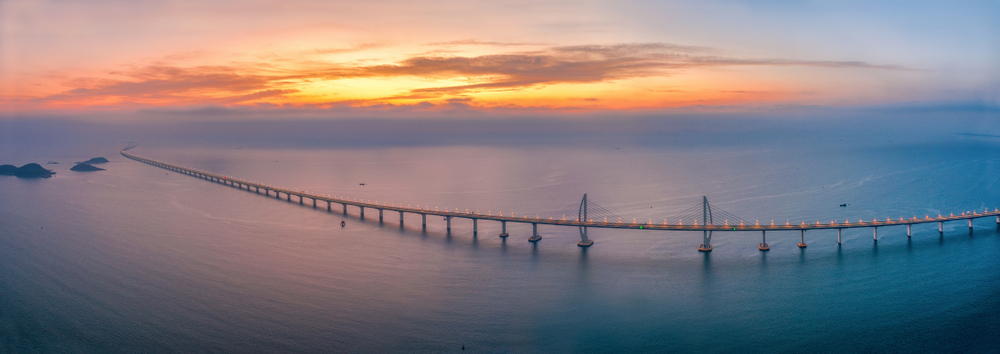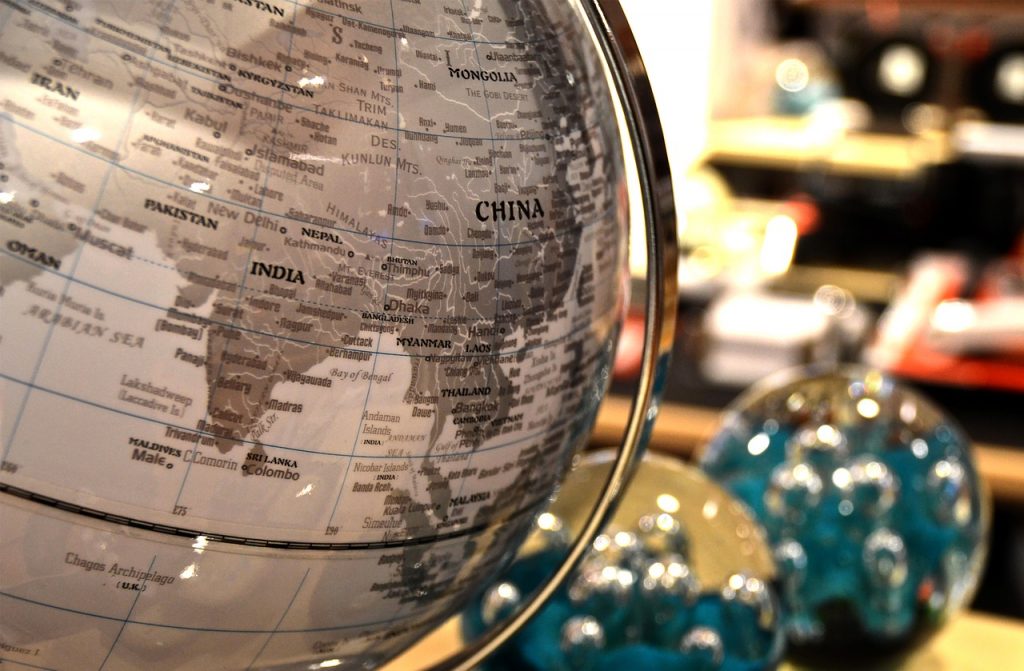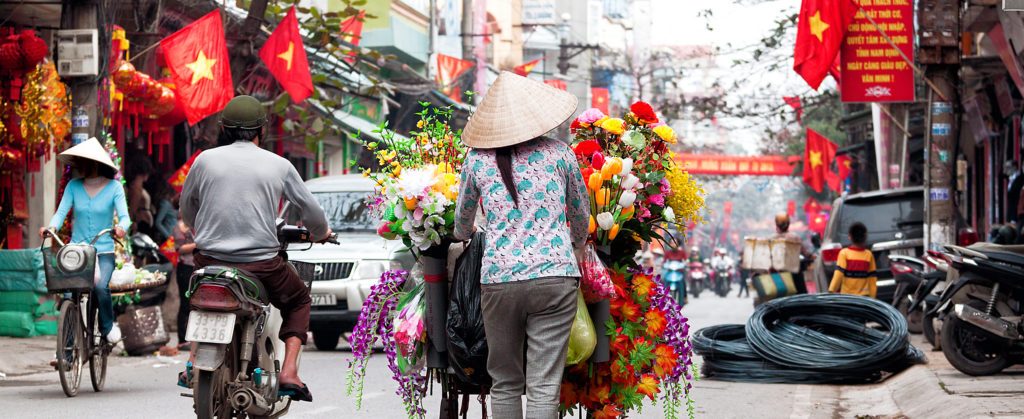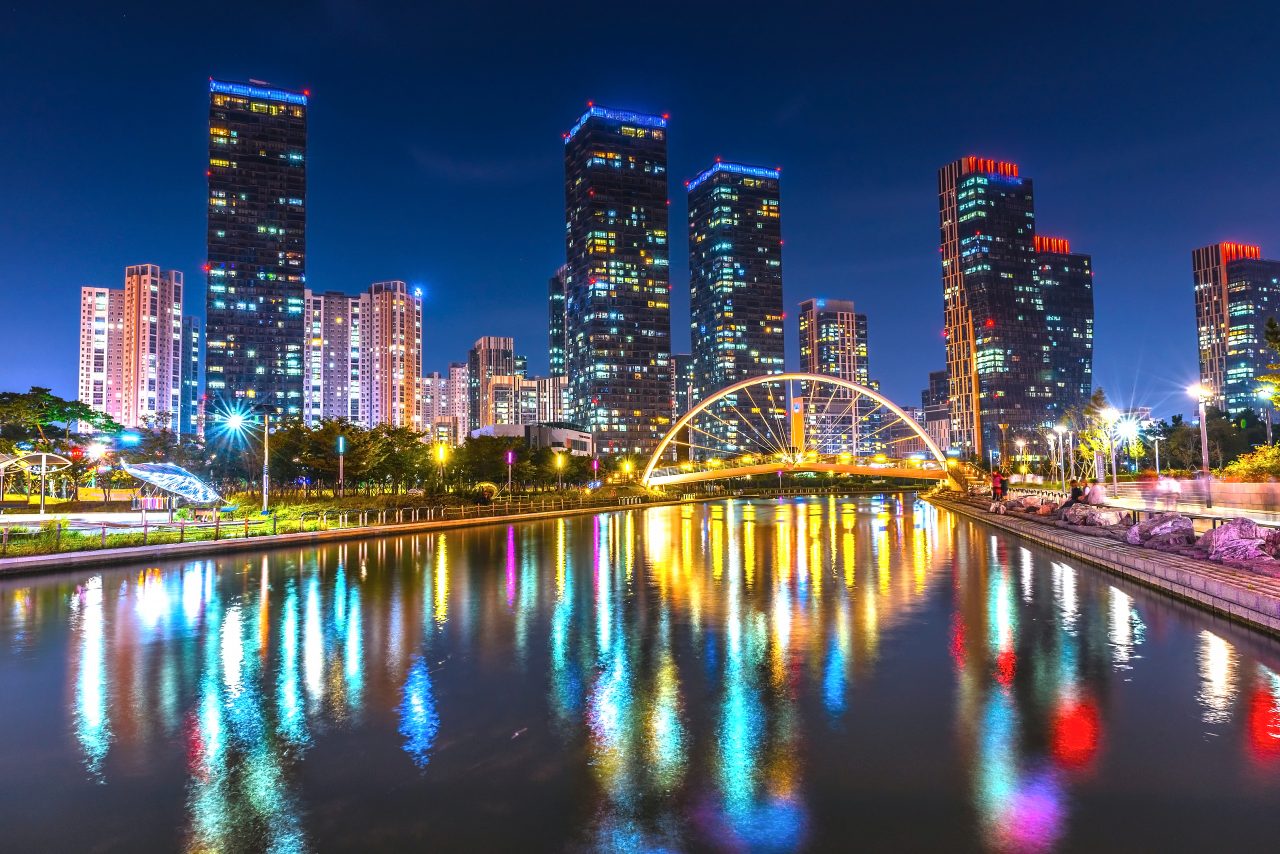Join GlobalBizzNetwork and start your international business network today.
Macau

Macao is located on the south-eastern coast of China, along the west bank of the Pearl River estuary. It is 60km and 145km away from Hong Kong and Guangzhou respectively. It covers a total area of 30.8 square kilometres, comprising of the Macao peninsular as well as two outlying islands namely Taipa and Coloane. According to the appendix of State Council Decree No.665, the Central People’s Government has decided to delimit 85 square kilometres of waters as under Macao’s administration. As of the third quarter of 2018, the total population stood at 663,400. The official languages are Chinese and Portuguese, with Cantonese being the language in daily use. English is also widely used in the business, tourism and commercial sectors. It is located in the south-east monsoonal region with hot and wet summers, sunny and dry autumns and cool winter with little rain. Equipped with all-round infrastructure facilities, the city can be reached by sea, land and air transport and it has convenient telecommunications and internet. Macao’s standard of public health care is comparable to that of developed countries and regions. As of the third quarter of 2018, the labour force totalled at 394,600 with a working population of 387,600 and an unemployment rate of 1.8%.
Development Orientation
The National Thirteenth Five-year Plan expresses support for Macao in developing as a World Tourism and Leisure Centre as well as a Commercial and Trade Co-operation Service Platform between China and Portuguese-speaking Countries, and promoting the sustainable and moderately diversified development of Macao’s economy.
The national development strategy of the “Belt and Road” initiative provides new opportunities for the development of Macao’s external economic co-operation and accelerates the development of moderate economic diversification. Macao can utilise the strengths of the principle of “One Country, Two Systems”, as well as the advantages of being a free port for international trade and its close ties with Portuguese-speaking Countries and the vast number of returned overseas Chinese, to participate in the development of the “Belt and Road” initiative, and foster the city’s potential for further development.
The implementation of the Mainland and Macao Closer Economic Partnership Arrangement (CEPA) and the Pan-Pearl River Delta Regional Co-operation Framework Agreement, the Framework for Development and Reform Planning for Pearl River Delta Region, the Framework Agreement on Co-operation between Guangdong and Macao, as well as the Framework Agreement on Deepening Guangdong-Hong Kong-Macao Cooperation in the Development of the Bay Area will further enhance the economic integration of the Pan PRD region.
Economic Situation and Business Strengths
Since the Handover, Macao has recorded stable economic growth and maintained a low unemployment rate. Increases in the number of incoming visitors, retail sales figures as well as residents’ median income have been maintained at a steady pace.
Macao has been rated by the World Trade Organisation (WTO) as one of the most open trade and investment regimes in the world. It is a free port and an independent tariff zone, with a corporate profit tax rate of no more than 12%, and a far-reaching international marketing network and close ties with the Portuguese-speaking Countries. Macao’s role as a trade and economic co-operation service platform between China and Portuguese-speaking Countries has received increasing recognition over the years.
Macao maintains trade and economic ties with over 100 countries and regions around the world and is a member of more than 50 international organisations. Business operation principles are in line with international practices, along with simple investment and business procedures and identical administrative procedures for both local and overseas investments, all contribute to making the city a desirable business environment for investors and business developers from around the world. According to the 2018 Index of Economic Freedom released by The Wall Street Journal and The Heritage Foundation, Macao ranks the 34th among 180 worldwide economies and ranks the 9th in the Asia Pacific region.
Main Economic Indicators
Infrastructure
The Macau International Airport, located in Taipa, commenced operation in November1995. Since then, it has rapidly established itself as a vital link between the Pearl River Delta, the fastest growing economic region in the world, and the rest of the world. It is a fully functional 24-hour airport. An 11,000-foot ILS CAT II equipped runway, constructed in strict accordance with ICAO standards, is capable of handling long haul flights.
Ferry Terminals
The Outer Harbour Ferry Terminal, Taipa Ferry Terminal and Inner Harbour Ferry Terminal provide cross-border services for passengers travelling between Macao and Hong Kong and Mainland China.
Road Network and Bridges
The Hong Kong-Zhuhai-Macao Bridge commenced in operations at October 2018, located in the Lingding Sea, is a major cross-sea link connecting Hong Kong, Macao and Zhuhai, as well as a new road linking the east and west coast of the Pearl River. The 55 kilometre-long structure will allow travellers to take less than 30 minutes to get from the Hong Kong International Airport to Macao. The opening of the Hong Kong-Zhuhai-Macao Bridge will facilitate industrial development in the Pearl River Delta region. Three bridges and a strip of reclaimed land link the Macao peninsula to Taipa and Coloane.
Macao Light Rapid Transit System
After years of planning and preparation, the construction of the Macao Light Rail Transit System is in full swing. Taipa section of Macao LRT is 9.3 kilometres long and has a total of 11 stations.
Communications
A wide spectrum of telecommunications services are available including an international telex service, telegraph, internet, satellite television, with International Direct Dialling (IDD) service connecting to over 246 countries and regions.







